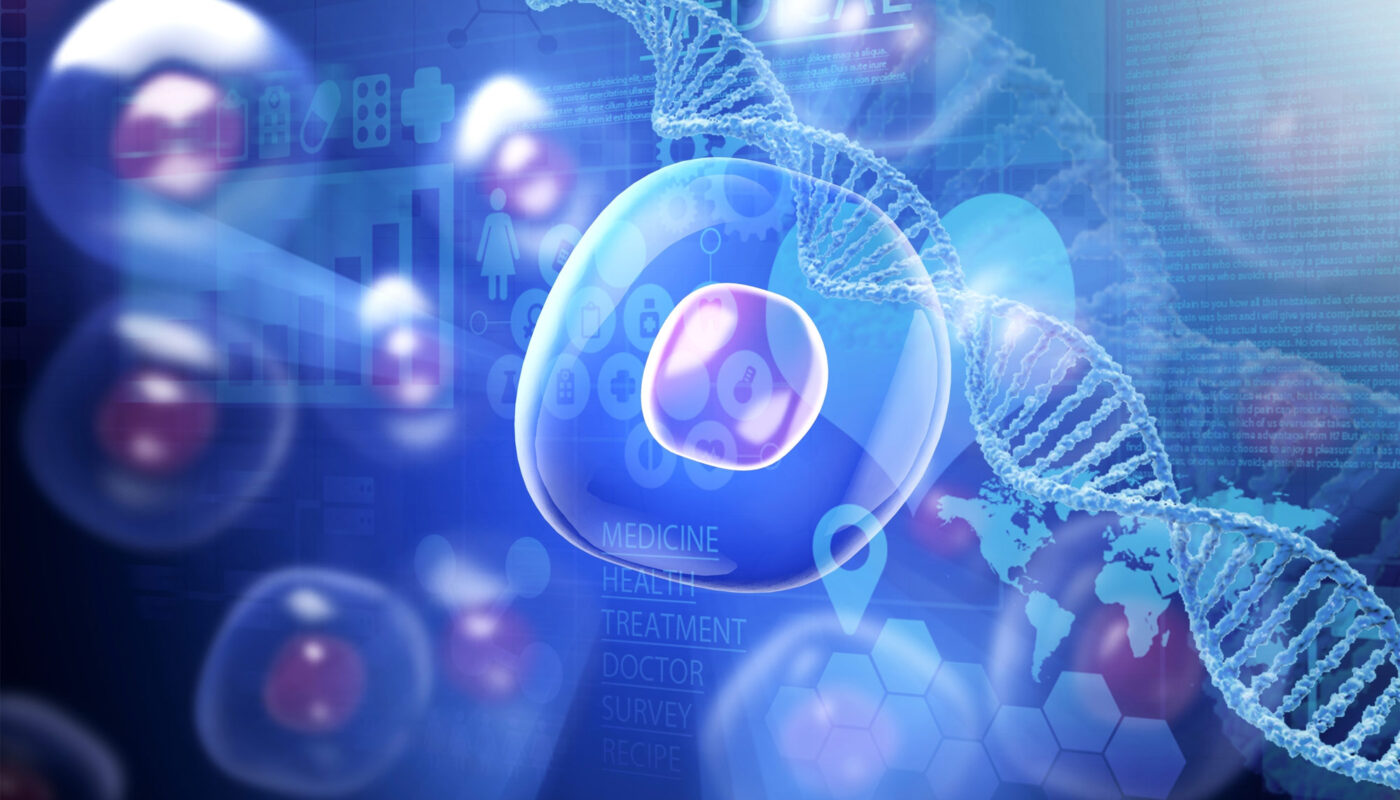Cell therapy is an innovative and promising field in regenerative medicine that involves transplanting human cells into patients for therapeutic purposes. It holds great potential for treating a wide variety of diseases that currently have limited treatment options. In this article, we will explore what cell therapy is, various types of cell therapies being developed and some of the major advancements in this area.
What is Cell Therapy?
Cell therapy, also known as cellular therapy, involves growing and using particular human cells to treat diseases. In cell therapy, cells are removed from a patient or a donor and are replicated in the lab. These cells are then transplanted back into the patient’s body to replace or repair damaged tissues or cells. The transplanted cells restore or establish normal function in the body by various mechanisms such as integrating with existing tissue, releasing factors and inducing other cells to help repair the defect.
Types of Cells Used in Cell Therapy
Various types of cells can be used in cell therapy depending on the disease or condition being treated:
Stem Cells
Stem cells have the ability to develop into many different cell types in the body during early life and growth. They hold tremendous potential in cell therapy because they can turn into the specific cell types needed to treat diseases. Some common stem cell types used include embryonic stem cells, mesenchymal stem cells and hematopoietic stem cells.
Embryonic stem cells (ESCs) are derived from embryos and have the greatest potential to become any cell type. They are primarily being used in research to understand disease processes. Mesenchymal stem cells are found in tissues like bone marrow, fat and umbilical cord and can differentiate into cell types of connective tissues like bone, cartilage and muscle. They are being tested in clinical trials for orthopedic, cardiac and neurological conditions. Hematopoietic stem cells in bone marrow form all the cellular components of blood and are already used for bone marrow transplantation to treat blood cancers.
T cells
T cells are a type of white blood cell critical for immune function. They help identify and destroy infected, cancerous or foreign cells in the body. In cell therapy, disease-specific T cells are collected, replicated in large numbers in the lab and transfused back into patients to boost the immune system against diseases like cancer. This type of immunotherapy has shown remarkable results for some blood cancers and solid tumors.
Skin cells
Skin cells called fibroblasts and keratinocytes are used in cell therapy for skin conditions like burns. When a large area of skin is damaged or lost due to burns, deep wounds or other causes, skin grafts from the patient’s own healthy skin cells are transplanted to repair the damaged area. Skin cell therapy can significantly help regrow skin and restore its barrier function.
Major Advances in Cell Therapy
Over the past few decades, monumental advances have been made in optimizing cell therapy techniques and applying them successfully across different disease areas. Here are some key developments:
Corneal Regeneration
One of the earliest breakthroughs was using stem cells isolated from limbal tissues at the periphery of cornea to successfully treat patients with corneal blindness. These limbal stem cells help repair and regrow the cornea’s external epithelial cells damaged due to injuries or other causes. Thousands of patients have benefitted worldwide from this stem cell therapy.
Cartilage Repair
Mesenchymal stem cells injected into damaged cartilage have shown promise in healing osteoarthritis and repairing knee cartilage injuries in multiple clinical studies. By differentiating into cartilage cells, they initiate repair of worn-down cartilage cushioning joints. Some stem cell therapy products are now commercially available for cartilage regeneration with good patient outcomes.
Heart Disease Treatment
Stem cells transplanted into heart muscles after heart attacks were found to enhance cardiac function by integrating with heart tissues, protecting cells from further damage and stimulating regeneration of new blood vessels. This cell therapy approach seeks to repair heart muscle and improve pumping ability lost due to heart disease. Ongoing research aims to enhance stem cell survival and benefits.
Neurological Disorders
Stem cells offer hope in developing therapies against debilitating neurological disorders. In Parkinson’s disease, transplanting dopamine-generating stem cells relieved motor symptoms in some clinical trials. Stem cells are also being tested for conditions like amyotrophic lateral sclerosis, multiple sclerosis and stroke to harness their ability to differentiate into neural cells and promote regeneration of damaged nervous tissues.
Cancer Immunotherapy
Adoptive cell transfer using genetically modified T cells has emerged as a very powerful cancer treatment. By engineering T cells to target specific cancer antigens and multiplying them in large numbers, remarkable response rates were achieved against blood cancers like leukemia and lymphomas in clinical trials. This cell therapy approach is extending to treat some resistant solid tumors as well.



